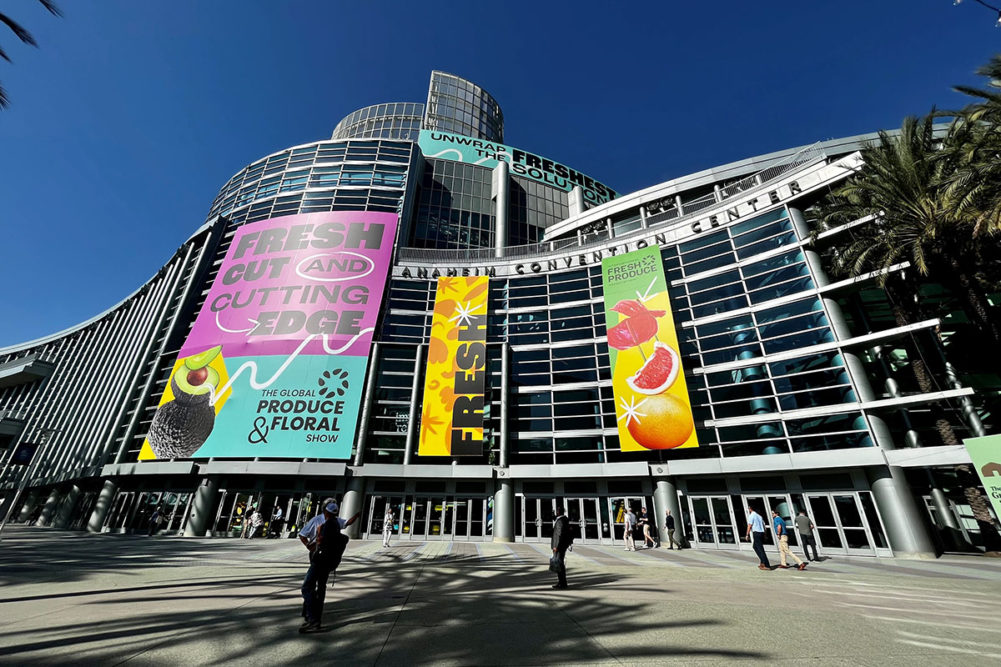Finding enough workers not only to pick and process fruits and vegetables but to work all the way up the supply chain to retail grocery continues to be a major industry challenge, said panelists at an Oct. 19 session, “Getting the Job Done with a Changing Produce & Floral Workforce.”
John Hollay, IFPA’s director of US Government Relations, said that while some in the ag industry are “desperate to maintain the past,” fresh produce is “the industry of the future.”
“There is a place for everyone in the industry – they may just not know it’s here.”
One of the ways to attract more people to produce, said Doug Bohr, IFPA’s chief education and programs officer, is to show them how the industry is a perfect platform for applying skills in what could be considered by some to be more interesting areas, e.g. in robotics or AI.
And instead of emphasizing the job itself, Bohr said, if future employees can learn about the impact the job will have on the world, that also could pique their interest.
When you combine that with the people-first nature of produce, many young people find it’s a win-win.
“This is a relationship-based industry, and a lot of people realize, ‘This is the place I’d like to be.’”
Other panelists stressed the importance of opening up opportunities in produce to people of color and others who may not be exposed to the different aspects of agriculture.
“One of the biggest problems is that ag is not part of every K-12 program in the country,” said Antonio McLaren, vice president for program innovation for the 1890 Universities Foundation. “Kids need to know that food doesn’t come from the grocery store.”
This article is an excerpt from the December 2023 issue of Supermarket Perimeter. You can read the entire IFPA '23 feature and more in the digital edition here.

